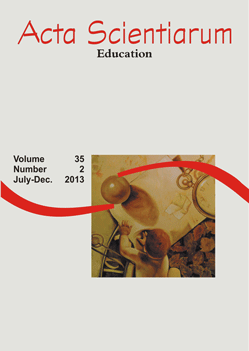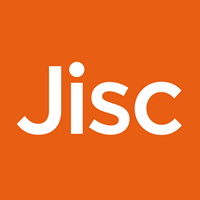<b>University rankings: reflections on the construction of institutional acknowledgment</b> - doi: 10.4025/actascieduc.v35i2.20400
Abstract
The concept of a group of universities being better qualified than others has always existed within the stratification of higher education systems. Whereas at the top of the higher education hierarchy are first class universities, or rather, universities with the highest prestige and reputation, the institutions that provide democratic and universal access to higher education may be found at lower levels. Current essay argues that higher education reputation is being defined increasingly by national and international ranking systems. It also provides a history of the establishment and development of ranking instruments for higher education and highlights the transition towards a production of university reputation. Whereas in the past reputation was evaluated through a process of prestige accumulation and tradition, without the confirmation of any foregrounding data, this process is currently quantified and systematized by the introduction of tools to measure the institutions’ performance. The ensuing discussion also identifies the implications of the ranking system and identifies myths produced by these instruments that broadcast and compare university performance.
Downloads

This work is licensed under a Creative Commons Attribution 4.0 International License.
DECLARATION OF ORIGINALITY AND COPYRIGHTS
I declare that this article is original and has not been submitted for publication in any other national or international journal, either in part or in its entirety.
The copyright belongs exclusively to the authors. The licensing rights used by the journal are the Creative Commons Attribution 4.0 (CC BY 4.0) license: sharing (copying and distributing the material in any medium or format) and adaptation (remixing, transforming, and building upon the material thus licensed for any purpose, including commercial purposes) are permitted.
It is recommended that you read this link for more information on the subject: providing credits and references correctly, among other crucial details for the proper use of the licensed material.














































